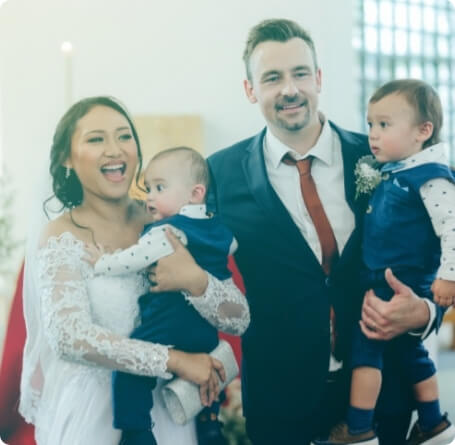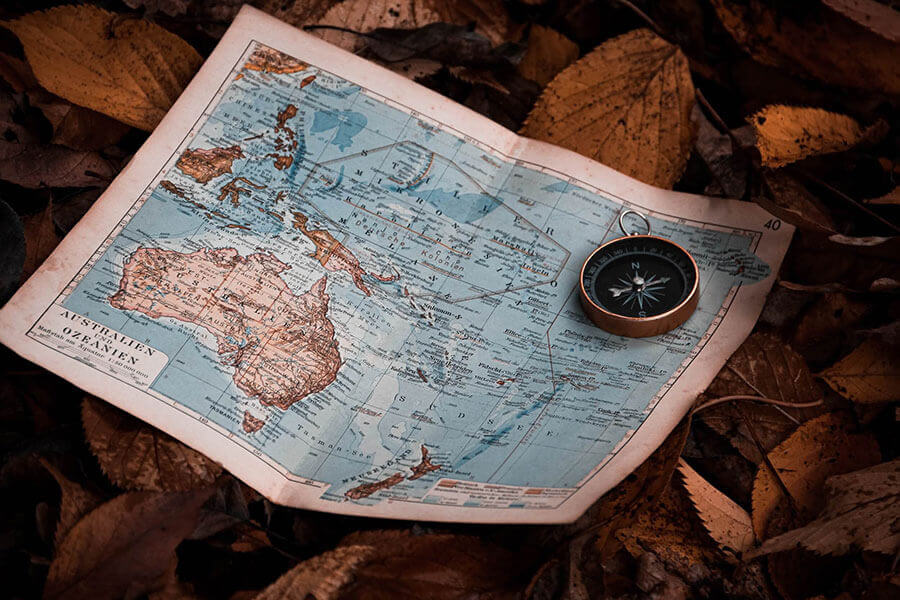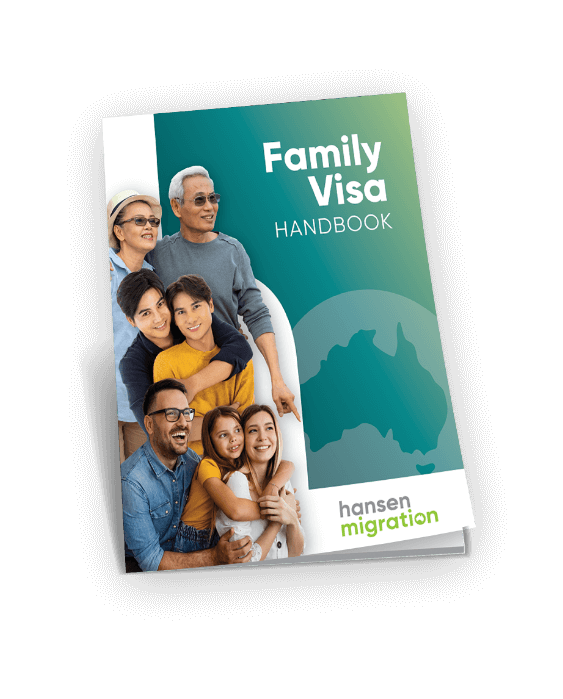Marriage
If applying on the basis of marriage, then your marriage must be valid under Australian Marriage Law, which applies to most marriages solemnized in Australia. International marriages are generally accepted if the marriage was legal in the country it was solemnised, however there are exceptions (eg: underage or polygamous marriages may be accepted overseas, but not Australia). If you are interested in applying to a prospective marriage visa speak to a Migration Agent and confirm that your marriage is valid.
Same Sex Marriage
The good news is that same sex marriages are now legal in Australia, meaning that same sex couples can now apply for a Partner Visa on spousal grounds.
De Facto Partnership
If applying the basis of a de facto partnership you must have lived with your partner for at least 12 months, or register your relationship under state law. Currently only relationships registered in Victoria, New South Wales, Queensland, Tasmania and ACT meet the de facto requirement.
Step 2: Get your dates right
When assessing your Partnership Visa application the Department of Home Affairs (DOHA) need to know the following dates:
Date you met each other: The date that you physically met in person for the first time.
Date you committed to a relationship at the exclusion of all others: The date you committed to an exclusive relationship. You may have dated each other before this date but had not 100% committed to the relationship yet.
Date you started living together: This might be the date you signed a joint lease agreement or purchased a joint residential property together.
Step 3: Gather your supporting documents
Once you have determined that you meet the marriage or de facto partnership requirement, you need to gather your supporting documents. Identity documents must either be certified or a high-resolution colour scan. You and your sponsor must provide copies of your passport and full birth certificate or family book. You must also provide a copy of your marriage or relationship certificate.
Your relationship will be assessed off the 4 key criteria below. You will each need to write a statutory declaration that covers the 4 key criteria and explains the history of your relationship. Here’s some examples of evidence you can provide to back up your claims:
Financial Aspects of the Relationship
-
Joint bank statements: Ideally from throughout your relationship. If you don’t have a joint bank account, set one up as soon as possible.
-
Evidence of money transfers: Receipts from companies like Western Union or Moneygram.
-
Joint liabilities: Shared loans or joint insurance documents.
-
Joint ownership: Joint property or a car ownership documents, or other assets such as shares.
Nature of the Household
-
Cohabitation: Joint tenancy agreement or joint property ownership documents.
-
Joint responsibility for children: The child’s birth certificate showing both of your names or custody documents.
-
Joint utilities accounts: Electricity, gas, water, phone or internet bills in both of your names.
-
Housework: Your statutory declaration you will need to address how you distribute the responsibility of housework.
-
Correspondence: Letters addressed to either or both of you at the same address.
Social Aspects of the Relationship
-
888 forms: You must include a minimum of 2 x 888 forms from friends or family that are either Australian citizens, permanent residents or eligible New Zealand citizens.
-
Statements from family and friends overseas: Friends and family outside of Australia can either write a statement or foreign statutory declaration.
-
Joint travel: Evidence that you have travelled together or plan to travel in the future.
-
Joint memberships or hobbies: Evidence that you share similar interests such as music, sport, religion or other cultural activities.
-
Social media: Make sure the you present yourself as a couple on social media.
-
Photos: 20 to 30 photos that tell the story of your relationship.
-
Invitations: Joint invitations you have received to social events.
Nature of the Commitment
-
Emotional Support: In your statutory declaration you will need to address how you emotionally support each other.
-
Correspondence during periods of separation: If you were physically apart during any stage of your relationship, you must include evidence that shows that you were in contact with each other.
-
Last will and testament: Provide a scan of your will that shows your partner is a beneficiary.
-
Superannuation beneficiary: Nominate your partner as the beneficiary of your superannuation.
-
Intention to stay in a long-term relationship: This can include a notice of intention to get married, purchase of an engagement ring or evidence that show’s you’re pregnant with your partner.
If your documents are not in English, you will need to obtain official translations of them. Translators in Australia must use a NAATI accredited. Translators outside of Australia must endorse the translation with their full name, address, telephone number, and details of their qualifications and experience in the language being translated.
Step 4: Lodge your Partnership Visa application
Partnership Visa applications must be made online, here’s the process:
-
Create an ImmiAccount.
-
Login to your ImmiAccount and complete the Partner Visa application form.
-
Make payment of the Visa Application by credit card, Paypal or BPAY.
-
You will know your application has been when you receive an acknowledgement e-mail from DOHA.
-
Login to your ImmiAccount and complete the sponsorship application form.
-
Upload all of your documents. Preferably your documents will be in PDF format and each document must be under 5mb. IMPORTANT: Make sure you upload the correct document, you cannot remove a documents once uploaded.
-
If you realise you have answered any of the questions incorrectly make sure you complete a notification of incorrect answers form. Also, if your circumstances change (eg: change of address, e-mail or phone number) this must also be updated.
Step 5: Ensure that you complete your police and health checks in time
As the applicant for a Partnership Visa you must provide national police clearances for each country you have lived in for more than 12 months in the past 10 years. Ideally police certificates should be provided at the time of application. However, police certificates are only valid for 12 months, and given that the Partner Visa processing time can be more than 12 months it can be costly to have to apply for police certificates more than once. It’s important to ensure that you provide your police certificates no later than 9 to 12 months after your lodge you Partnership Visa application. Sponsors are also likely be asked by the DOHA to provide police certificates, so it’s good to be proactive and provide these up front.
As the applicant for a Partner Visa you must also complete a medical assessment, chest x-ray and HIV test. Again, this is a costly process and is only valid for 12 months. It’s best to complete this 9 to 12 months after you lodge your application.
For more information on how to obtain police certificates and arrange your medical assessment, please visit the relevant country profile on the DOHA website.
Step 6: Respond to any DOHA additional information requests
Once your Partnership Visa application has been assigned to a case officer they may ask for more information. If this occurs, you will receive this notice by e-mail and you will have 28 days to respond. Failure to respond within the deadline could lead to your Partnership Visa application being refused.
Are you currently preparing your Partner Visa application?
If you need help contact us today!









